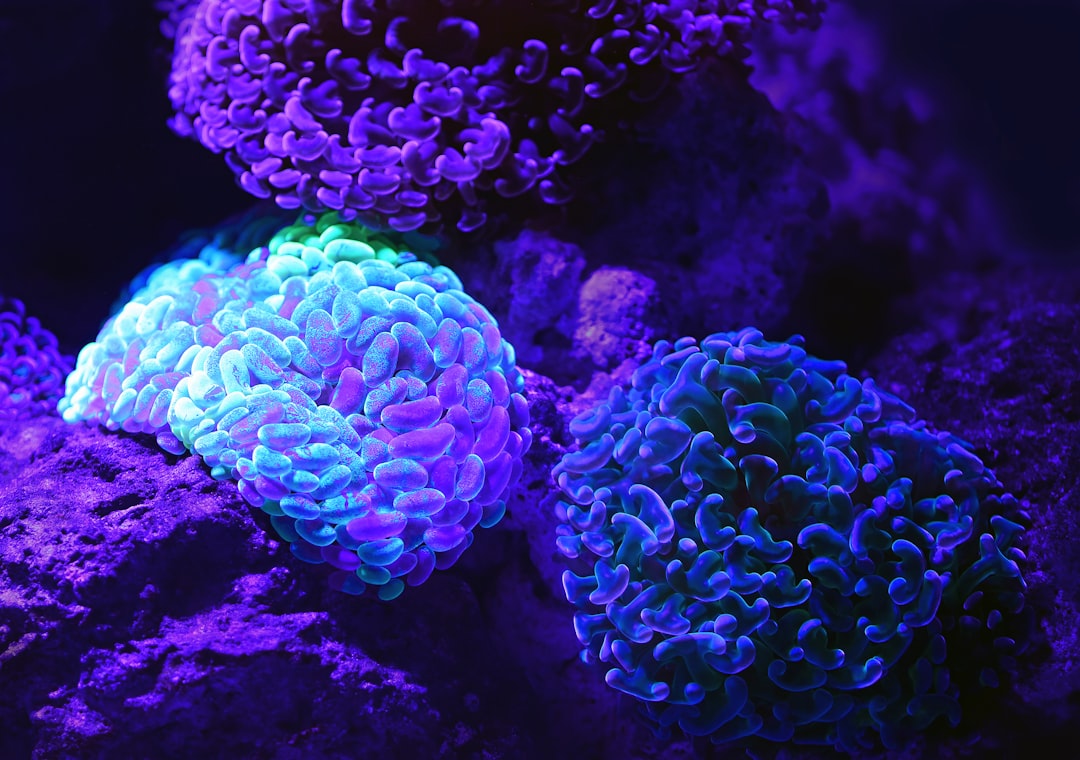What is it about?
During routine IVF cells surrounding the oocyte (egg), known as cumulus cells, are removed and easy to collect non-invasively. Molecules within these cells may represent possible biomarkers of whether the oocyte will fertilise and develop into a embryo viable for transfer. This study investigates this possibility, identifying a number of potential molecular markers associated with successful embryo development.
Featured Image
Why is it important?
This pilot study is the first to demonstrates that miRNAs and proteins (AVEN and ATRX) in human granulosa cells have the potential to indicate whether the neighbouring oocyte has the developmental competency to reach blastocyst stage.
Perspectives
This study paves the way for larger studies and the results outlined here have the potential to be translated into new diagnostic tools, that can help to improve IVF protocols.
Dr Alan M O'Doherty
University College Dublin
Read the Original
This page is a summary of: Expression of granulosa cell microRNAs, AVEN and ATRX are associated with human blastocyst development, Molecular Reproduction and Development, April 2018, Wiley,
DOI: 10.1002/mrd.22990.
You can read the full text:
Contributors
The following have contributed to this page










